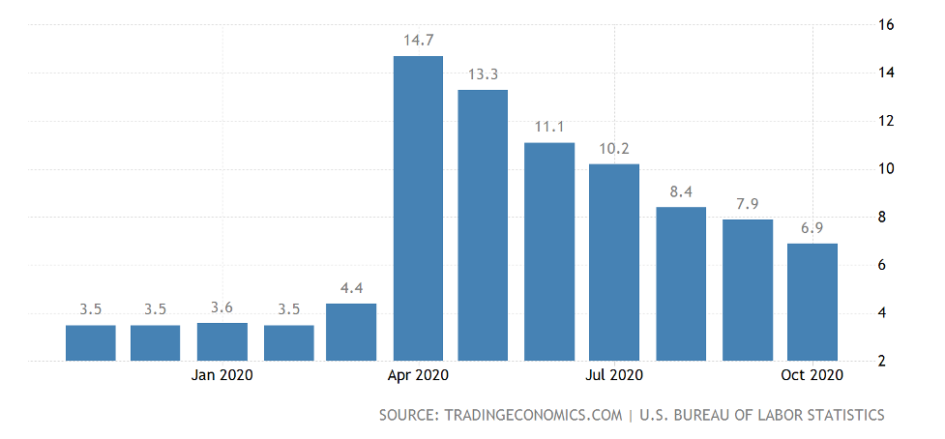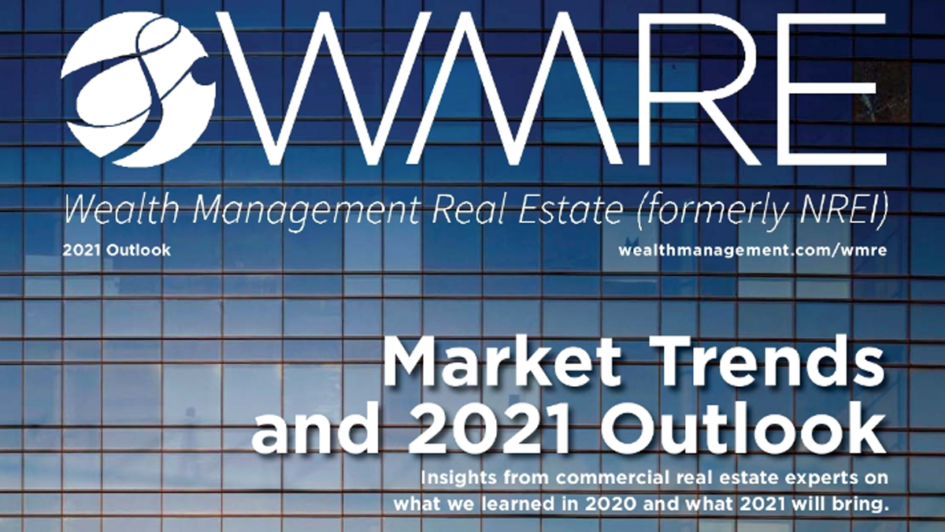On March 13, 2020, most Americans had heard of COVID-19 but felt relatively safe from it. As that weekend rolled into Monday, significant parts of the country began voluntary and involuntary measures to limit its spread including restrictions on business activity. As these restrictions intensified, it became clear that the initial economic impact would be severe. The Federal response was equally surprising -- massive stimulus in the form of expanded unemployment benefits, PPP loans, and several asset purchase/lending programs to keep the economy’s plumbing clear. In the affordable multifamily rental housing market, tenant eviction and foreclosure moratoriums were offset by Federal forbearance programs and the expanded unemployment benefits for tenants.
In affordable multifamily space, the last six months have been surprisingly uneventful. The doom and gloom of spring and the excitement of the economic resurgence of late summer changed little. Borrower forbearance requests from affordable multifamily rental properties have been minimal. As of November 1, IMPACT had a total of eight forbearances in place across its portfolio of over 800 loans.* Freddie Mac reports similar results in its October forbearance report: for Q-deals (Freddie Mac’s taxable affordable multifamily securitization platform), only 3.4% of loans entered the forbearance program.
Table 1: Freddie Mac October Forbearance Report – Forborne Loans by Program

How is this stellar asset performance possible? The strong performance of affordable housing properties in 2020 can be directly tied to the generous unemployment benefits and stimulus provided directly to low- and moderate-income families, along with a steady improvement in the employment picture as the economy partially reopened.
Table 2: U.S. Unemployment Rate in 2020

What happens now that another wave of infections is sweeping across the United States with additional stimulus delayed and likely subject to protracted negotiations between a Democratic President and House of Representatives with a Republican controlled Senate? Further improvement in the employment picture will be difficult unless the retail and service sectors can re-open at somewhere near full capacity. Additional stimulus will be important for determining if further improvement in the economy occurs and at what pace the recovery in 2021 takes. Without additional stimulus, it is likely that economic growth remains low, but positive, as business and families hoard cash to rebuild their balance sheets.
On a positive side, the November news that potential vaccines should start to be distributed in early 2021, indicating the economy will likely improve, sent asset markets rebounding. However, real economic growth will not markedly improve until 2Q 2021 as governments and business feel more confident that the worst of the pandemic is behind us. The same is true in the affordable multifamily space. Tenants and borrowers will continue to muddle through with potential forbearances and delinquencies may rise for those who are no longer able to manage payments until growth in the real economy takes flight.
While these are challenging times for asset owners, the performance of affordable multifamily rental properties shows the resilience of strategies that meet a critical and basic human need for safe, sanitary, and affordable housing. Prior to the onset of the pandemic, the demand for such housing far outpaced supply with over seven million homes needed, according to the NLIHC Report, published in March, 2020. As the recovery take shape, we expect debt investments in affordable multifamily rentals to continue to provide stable, diversifying income to fixed income portfolios.

* Past performance is not indicative of future results. Investors are subject to loss.
IMPACT Community Capital was founded in 1998 by leading U.S. insurers for the sole purpose of providing institutional-quality, purpose-driven investments to institutional investors. IMPACT has originated $2 billion in impact investments since inception and continues to seek investment opportunities that provide stable income, competitive returns and positive impact to our communities.
